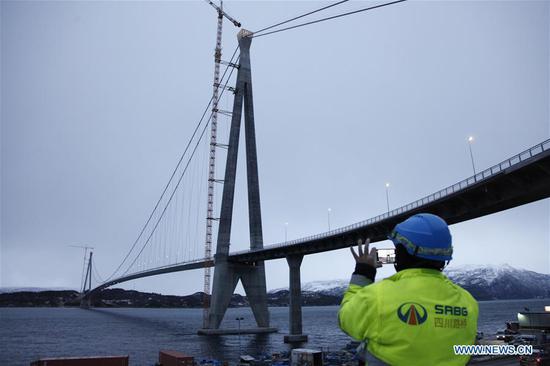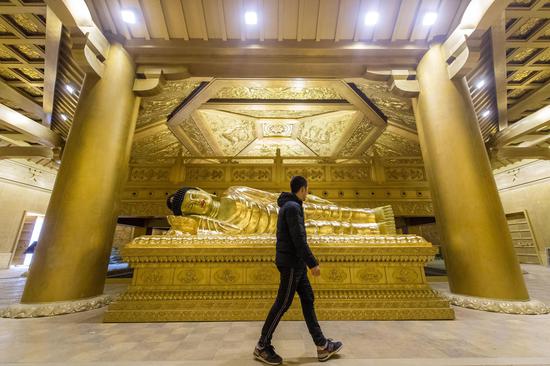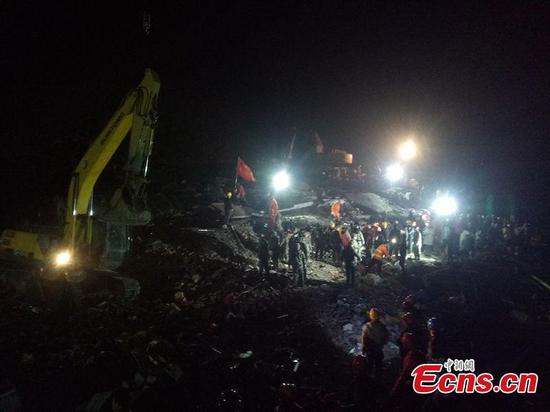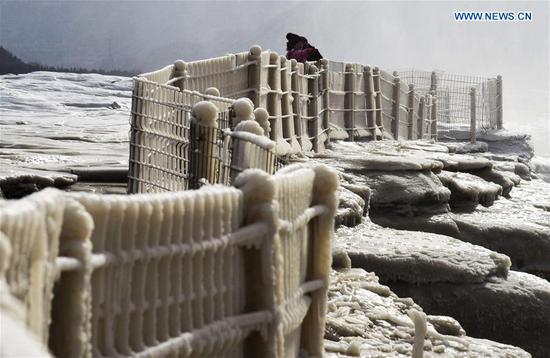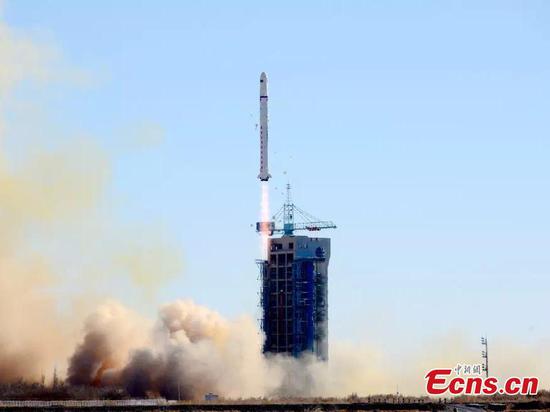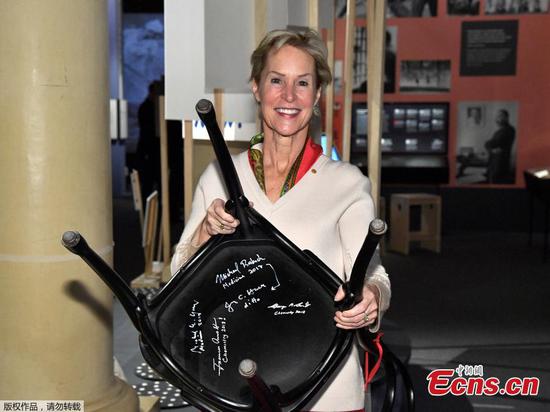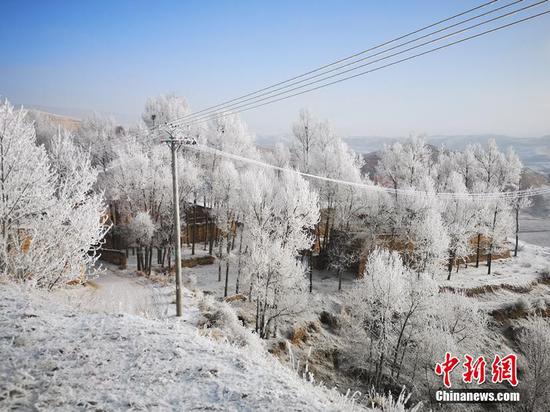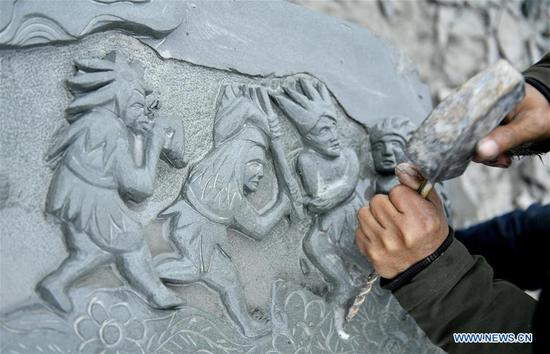Around 30 institutions could be on China's first D-SIFI list
New and detailed rules seeking to bolster stability among the nation's biggest and most important financial organizations are on the way soon, according to industry insiders familiar with the plans.
However, experts warn that the increased pressure to boost capital reserves could lead to banks easing back on their lending to the real economy.
The new policy has been under development for some time. On Nov 27, the People's Bank of China, the central bank, released a framework on the country's domestic systemically important financial institutions (D-SIFIs).
Colloquially, D-SIFIs are known in the industry as institutions that are "too big to fail", and are regarded as integral to the financial system due to their large size or high level of interconnectivity.
While the central bank document did not specify how many organizations would be included, or the capital ratios they would be expected to hold in reserve in case of emergencies, insiders predicted that the details would be unveiled soon.
Around 30 financial institutions, including banks, insurance and securities companies, could be on China's first D-SIFI list, according to two experts close to the central bank.
And while the regulator still has points to finalize, it is aiming to release the list in the first half of next year, they said.
Details will include the special disposal and recovery mechanisms for D-SIFIs that have financial difficulties.
As a safeguard, the framework will require certain financial companies to meet extra capital requirements and 1 percent of risk-weighted assets as an additional buffer may be adopted, said one of the two experts, who took part in the policy drafting process.
The requirement has already been applied to China's five largest banks, and could be widened to more lenders, as well as insurance and securities companies on the D-SIFIs list, he added.
The inclusion of securities companies as "systemically important" came as a surprise to some analysts, given the small proportion of assets that the sector holds. The total asset holding of the entire securities industry was around 6 trillion yuan ($870 billion) at end of 2017, only 2.4 percent of the banking system.
China's measures signal a commitment by the authorities to broaden and strengthen regulatory supervision across the financial sector, said Grace Gu, senior director of the Financial Institutions department of Fitch Ratings.
However, she cautioned that the pressure to capitalize is likely to be a constraint on Chinese banks' ability to accelerate lending in the next few years.
Wang Gang, a senior financial researcher at the Development Research Center of the State Council, said: "The capital adequacy pressure could be remarkable in the future", even though an adequate transition period will be allowed to meet the new requirements."
He said higher standards may push more banks to inject capital next year, through various instruments such as common and preferred stocks and tier-two capital bonds.
The increased safety requirements also come at a time as banks struggle to maintain capital levels, as their prospective profit earning ability is weakened amid economic downside pressure.
According to a new report from PwC, the capital adequacy ratio of some Chinese banks in the third quarter-especially joint-stock banks-h(huán)ad dropped much closer to the minimum levels set by regulators. "They are facing pressure to supplement capital," the report said.
It is not easy for large banks to speed up capital implementation ahead of the timeline, based on their slower profitability growth, said Fitch analyst Gu.
China's four biggest banks-Bank of China, Industrial and Commercial Bank of China, Agricultural Bank of China and China Construction Bank, were identified as global systemically important banks by the Financial Stability Board in November.
They have to satisfy further tightened international regulations until Jan 1, 2025. For BOC and ICBC the capital adequacy ratio should be no less than 20 percent, and the minimum ratio for ABC and CCB should be 19.5 percent. But by the end of the third quarter, these four banks' capital adequacy ratios were between 14.16 percent to 16.23 percent, according to their financial statements.











